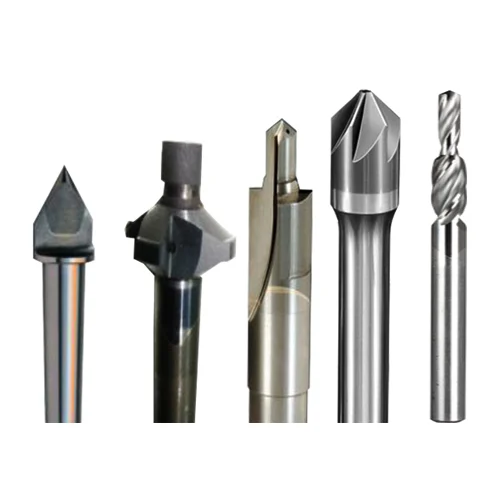In the world of modern machining, carbide cutting tools have become synonymous with precision and efficiency. Their exceptional hardness, wear resistance, and heat tolerance make them indispensable assets across various industries. However, the choice of coating on carbide cutting tools plays a crucial role in optimizing their performance and extending their tool life.
Types of Carbide Cutting Tool Coatings:
There are several types of coatings available for carbide cutting tools, each designed to address specific machining requirements. Titanium Nitride (TiN) coatings offer high hardness and excellent adhesion, making them suitable for general-purpose machining in a wide range of materials.
Titanium Carbonitride (TiCN) coatings provide increased wear resistance and toughness, making them ideal for heavy-duty cutting operations. Titanium Aluminum Nitride (TiAlN) coatings excel in high-speed machining applications, reducing friction and thermal deformation during cutting.
Factors to Consider When Choosing Coatings
Selecting the right coating for carbide cutting tools involves considering several factors. Material compatibility is crucial, as different coatings interact differently with various workpiece materials, affecting tool wear and overall cutting performance.
Machining parameters, such as cutting speeds and feeds, should align with the selected coating to ensure optimal tool performance. Moreover, the machining environment, including temperature, coolant usage, and cutting forces, can influence the coating’s effectiveness.
Coating Selection for Specific Machining Applications
For high-speed machining operations, TiAlN coatings are preferred due to their ability to withstand elevated temperatures and improve cutting efficiency. On the other hand, when heavy-duty cutting is required, TiCN coatings are better suited for their enhanced wear resistance and toughness. For finishing and precision machining tasks, TiN coatings can provide superior surface finishes and accuracy.
Understanding Coating Performance and Wear
Interpreting coating performance data, including factors like adhesion, hardness, and wear resistance, is vital in choosing the right coating for specific applications. Understanding common wear mechanisms and how specific coatings address each wear type enables better decision-making in coating selection.
Regularly inspecting coated tools and recognizing signs of wear can help determine when to reapply or replace coatings, ensuring consistent and reliable performance.
Cost Considerations and ROI
While high-performance coatings may incur a higher upfront cost, their return on investment (ROI) is evident in extended tool life and improved machining efficiency. The cost implications of different coatings should be balanced against their performance benefits. By selecting coatings that align with the specific machining requirements, manufacturers can achieve cost savings and increased productivity in the long run.
Coating Maintenance and Tool Longevity
Maintaining carbide cutting tool coatings is essential to preserve their performance and longevity. Implementing best practices for cleaning, storing, and handling coated tools can prevent premature wear and ensure consistent results. Regular tool inspection and timely re-coating when necessary contribute to maximizing tool life and performance.
Key Takeaways:
The correct choice of coating for carbide cutting tools, especially high-performance carbide end mills like 3 flute ballnose and radius mills, significantly impacts machining results and tool longevity.
With a well-informed approach to coating selection, manufacturers can unlock the full potential of carbide cutting tools, ensuring precision, efficiency, and cost-effectiveness in their machining endeavors. For more information, make sure to connect with experts at Burrs4less.




